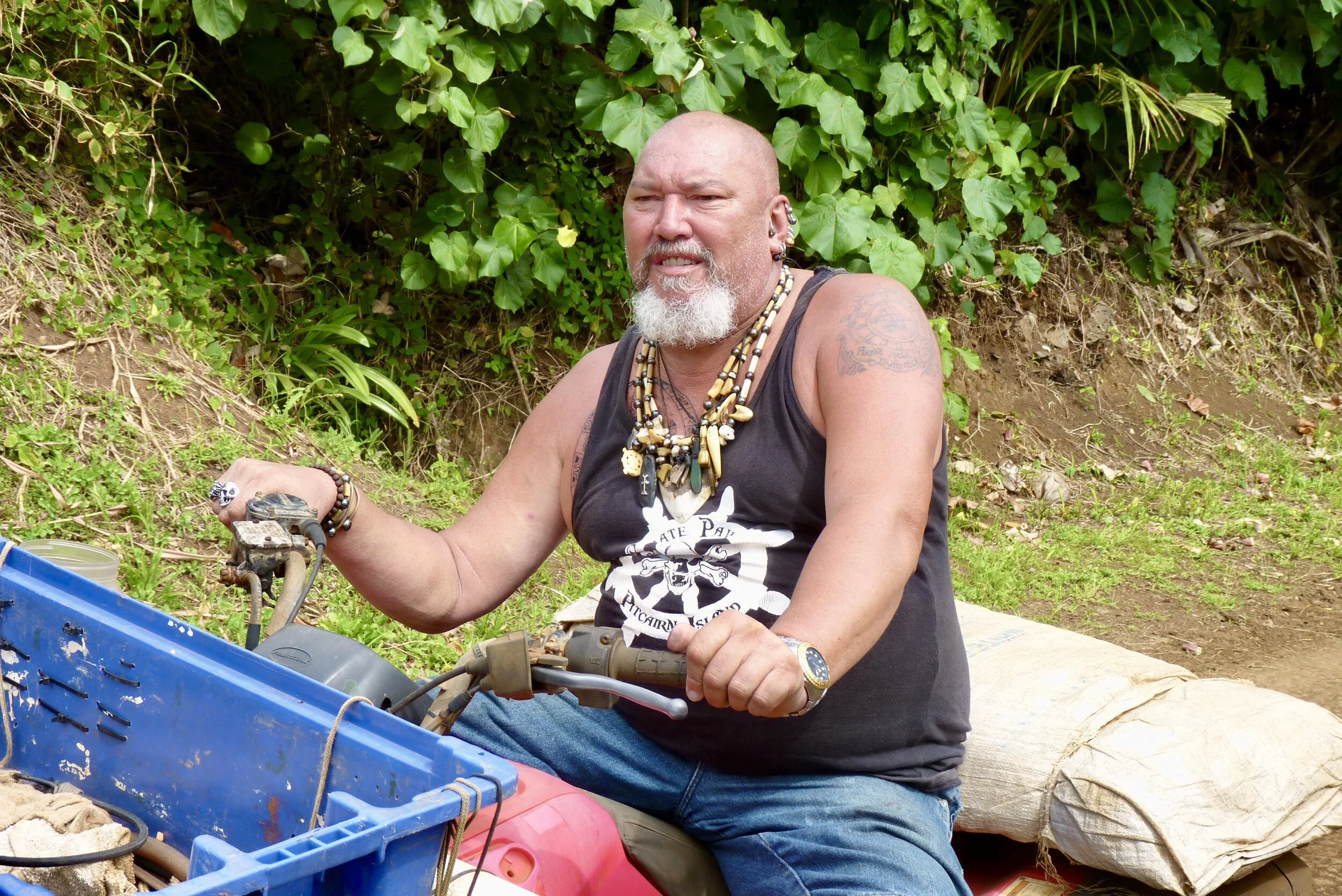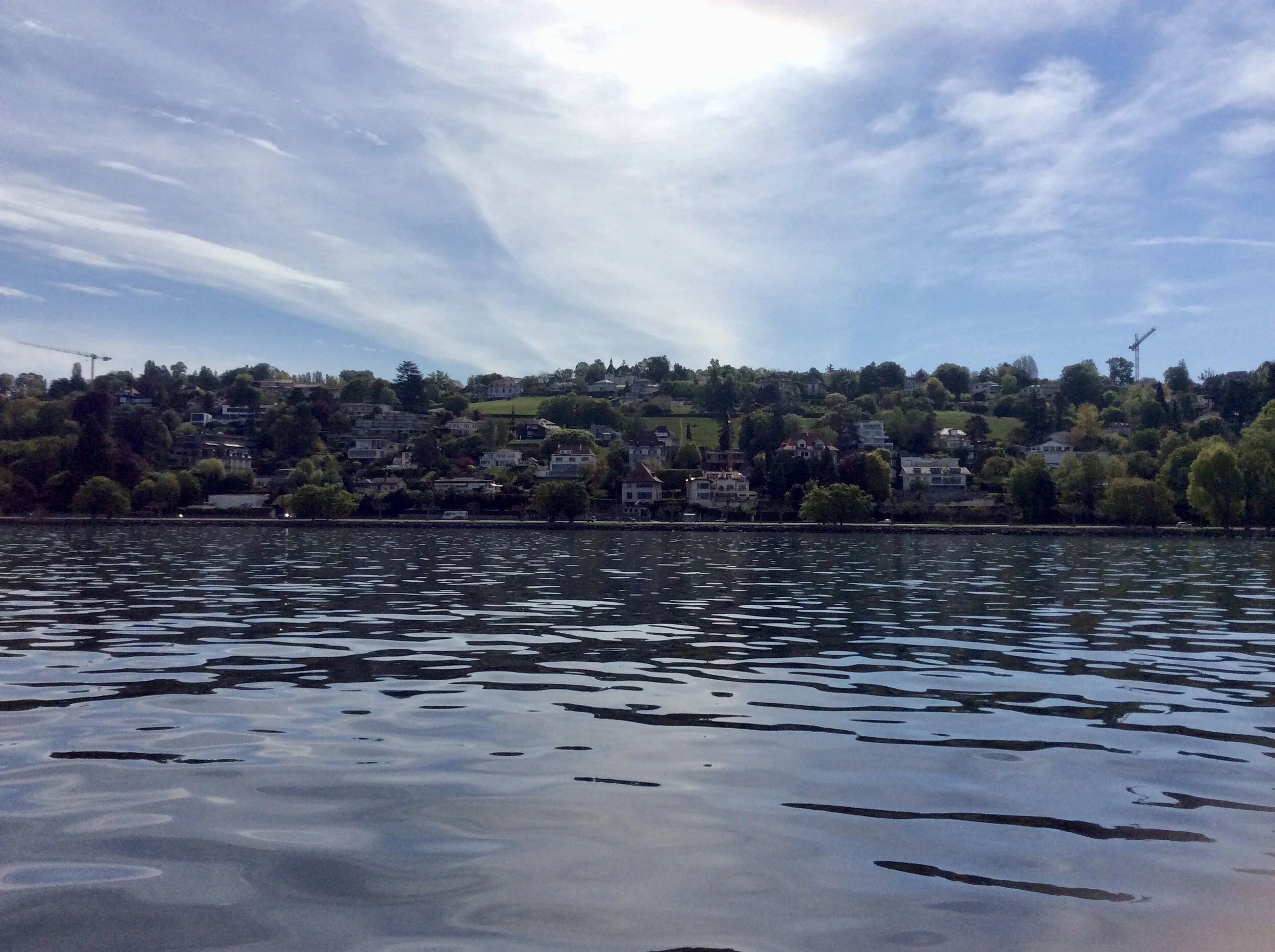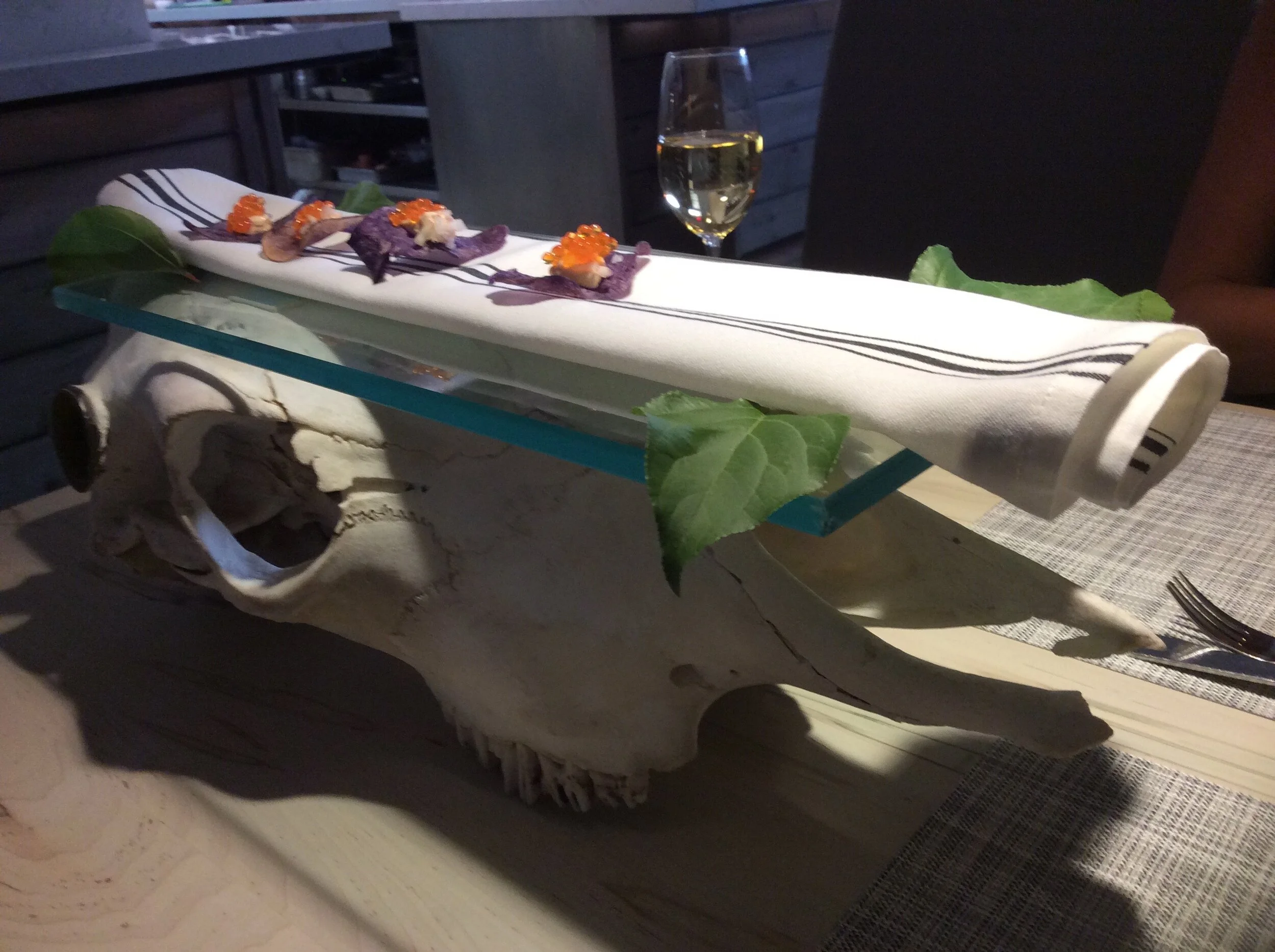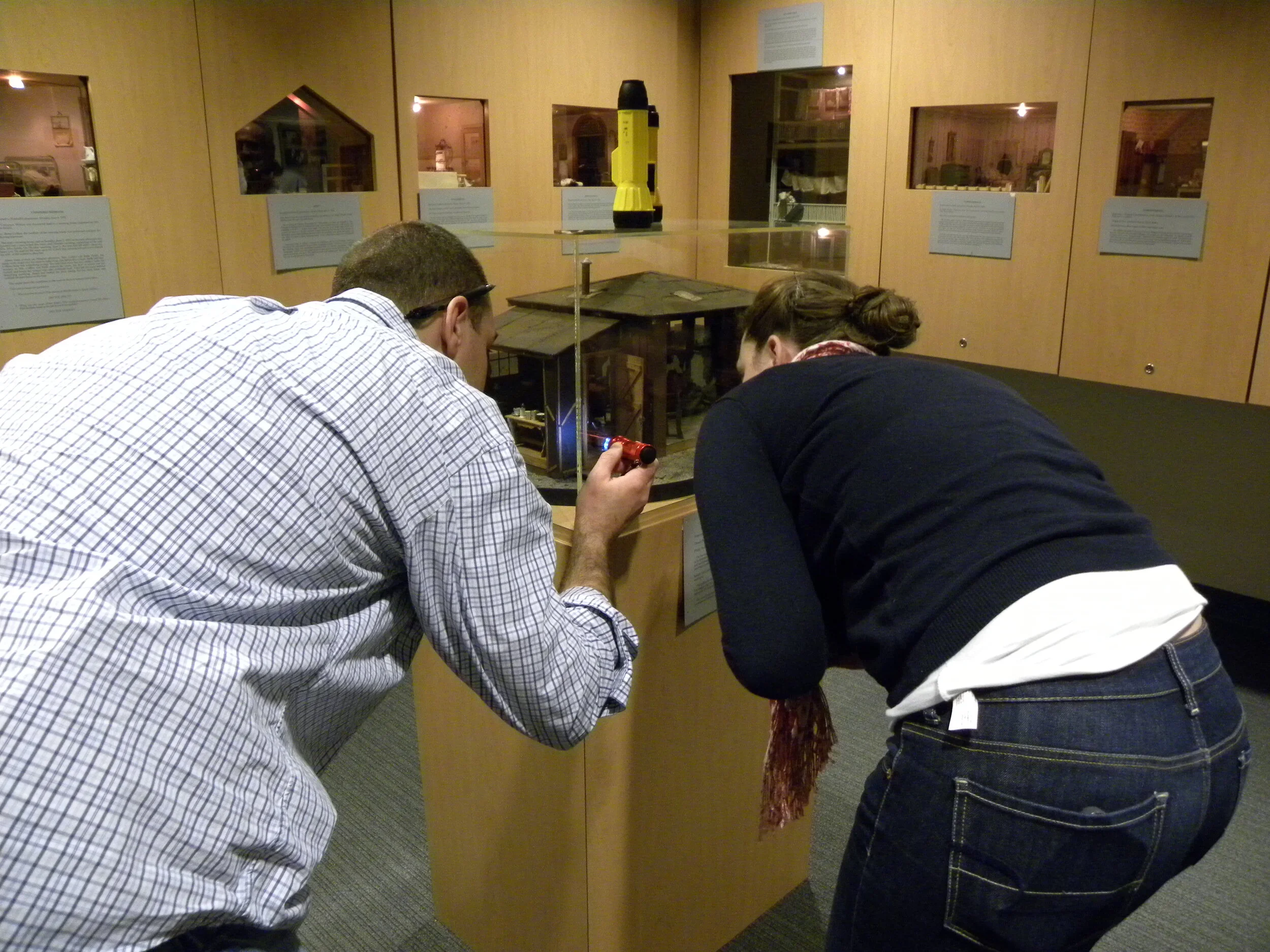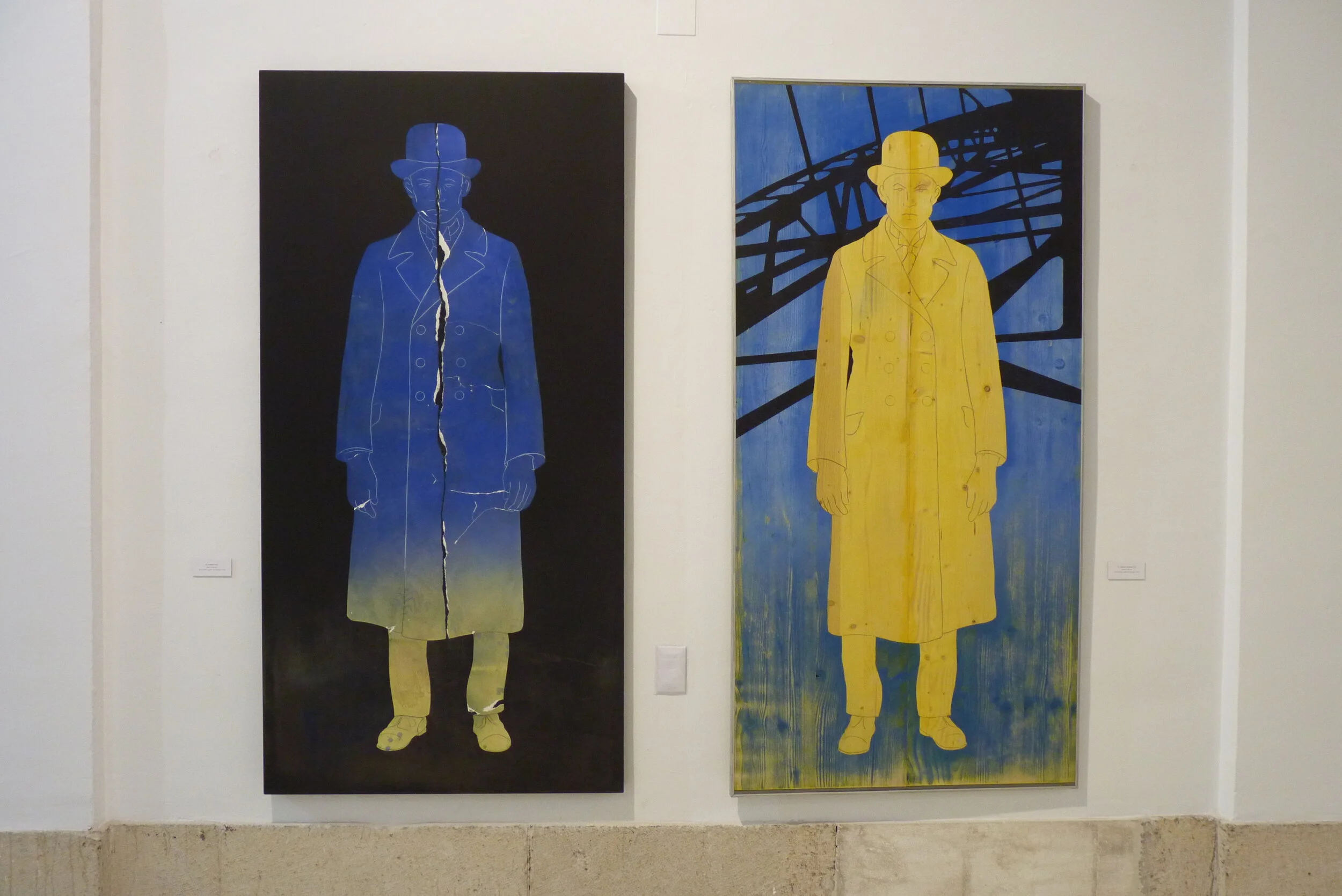Orford Ness: How the sinister can turn miraculous
Putin’s war in Ukraine has plunged our relations with Russia back into the deep freeze, with the scars of the last Cold War barely healed. At Orford Ness, an offcut of the Suffolk coast where Britain developed its nuclear deterrent, those scars take physical form in the wreckage and residue of military experimentation.
The site is a spit of shingle and marshland littered with bizarre structures – prominent among them a wooden tower known as The Black Beacon which was used by the Atomic Weapons Research Establishment (AWRE) in the testing of nuclear bombs to counter the Soviet threat. Each year on the steps of The Black Beacon a pair of jackdaws start to build a nest and each year a man called Andrew Capell moves the twigs to a more sensible place until the jackdaws get the message. As a vignette of how the sinister can turn miraculous, it encapsulates the story of Orford Ness.
The Ness, as it’s known, is separated by the River Alde from the village of Orford, with its Norman castle, medieval church and timeless English air. Close enough to be aware of (from my Orford hotel window I can see the concrete blast chambers known as The Pagodas) yet seemingly far away, the Ness is like a peculiar relative kept locked in the attic.
For most of the 20th century the keyholder was the Ministry of Defence as this was a highly classified military research facility even before the AWRE moved in. The final hush-hush operation was an Anglo-American “over the horizon” radar system that barely worked and was decommissioned in 1973. It bequeathed the Ness its most dystopian codename – Cobra Mist – and structure: a vast metal box on stilts.
Since then the binoculars have been wielded by birdwatchers rather than security personnel. In 1993 the National Trust took charge, protecting the rare habitats of the 900-hectare site and controlling visitor numbers. It is a Site of Special Scientific Interest, a Ramsar site (a wetland of international importance) and a National Nature Reserve. Threatened species of birds, animals and bugs thrive in its protective remoteness. It also has some extraordinary structures that enjoy the same official protection as Stonehenge.
To reach it I take a little ferry from the village quay, puttering 100 metres across the River Alde to a place a million miles away. The skipper of the boat, and my guide for the day, is Andrew Capell, the National Trust’s Area Ranger for Orford Ness. Fellow passengers include Karen, the NT’s Lesser Black-backed Gull Ranger and Sweep the working border collie, who would be the NT’s Rare-breed Sheep Ranger (the Ness has a flock of them) if he had a job title.
Sheep were Andrew Capell’s gateway drug to this addictive place. Having worked as a shepherd in Leicestershire and mid-Wales he answered an ad to look after the flock on the Ness. That was 12 years ago and in the intervening time he has “morphed into the Area Ranger” with responsibility for the built as well as the natural environment. He is on the Ness about 300 days a year, he reckons. “I’m the one that, come December, the boss has a go at because I haven’t used up all my holiday – but I don’t feel like I need a week off to unwind,” he tells me.
That’s because just being here rinses the mind, raises other possibilities for the world. Murmurations of starlings and waders balloon over the lagoons. Marsh harriers hunt the boggy pastures and Chinese water deer jump the banks. On foot and by buggy Andrew guides me around, revealing the top-secret holes where creatures live and nest, and decoding the hardware that lies around like puzzles.
So much went on here that predates the nuclear experiments. An oval of rusty metal was “an early bouncing bomb”. Two concrete blocks enmeshed in brambles are “significant in world history” because they were the base of the receiving antenna for Robert Watson-Watt’s earliest experiment in radar, known as RDF (Radio Direction Finding).
Crossing the tidal creek that bisects the Ness on a Bailey bridge, we pass from marshland to vegetated shingle, the bleak liminal expanse that was used by the AWRE for nuclear weapons testing. On the edge of the shingle stands the Bomb Ballistics Building, a tower on which boffins stood plotting the trajectories of falling bombs with such storybook names as Red Beard and Yellow Sun.
Now it makes a vantage point where visitors can climb and gawp, allowing their eyes and imaginations to adjust as the vista opens up below. The shingle itself is corrugated with green ridges of highly specialised flora, the ridges being an aggregation of shorelines that have built up over thousands of years. As we reach the top of the tower the sun comes out, throwing the corrugations into relief and glinting off the choppy North Sea beyond.
A few hundred metres south stands the squat tower of The Black Beacon, to its right the bomb testing site with those temple-like Pagodas. The scene is arresting but apparently lifeless, like a film set. Then there is movement in the corner of my eye and I realise that the shingle is teeming with mad March hares, careening and colliding in skirmishes of fun.
The hares show little interest in us humans as we cross the shingle to The Black Beacon, used as a telemetry tower in the bomb testing. The jackdaws do not show themselves but their handiwork is plain to see, a mesh of twigs laid precisely where visitors tread as they enter the tower (like several other buildings it contains an exhibition). Andrew gently relocates the twigs and we continue to the cluster of AWRE structures where the Cold War concept of Mutually Assured Destruction was tested to, well, destruction.
In these reinforced concrete laboratories, bombs intended for Moscow or Leningrad were stress-tested in a variety of procedures known insouciantly as “shake, rattle and roll”. Propped on columns, the roofs of The Pagodas were designed to collapse and smother an explosion in the event of an accident. Now the roofs make brilliant breeding grounds for herring gulls and lesser black-backed gulls, which swirl and settle in great clamouring gusts. Nearby, The Armoury where the bombs were stored between tests is also being put to a new use.
This is where Andrew and Sweep herd their flock of Whitefaced Woodlands and Manx Loaghtans when the Ness threatens to flood. Andrew warns me that its brick chambers retain a peculiar smell that he refers to as “atomic”, so pervasive that it impregnates the sheeps’ fleeces and takes ages to go away. I sniff and momentarily pick up something unpleasantly metallic that I fancy could be the residual smell of Yellow Sun.
Then I decide I’ve imagined it. But there’s no mistaking the frisky hares I spot when I step back on to the shingle. While Vladimir Putin rains death on Ukraine, the former Armageddon factory of Orford Ness has been reinvented in favour of life.
Published in the Daily Telegraph on May 22 2023





